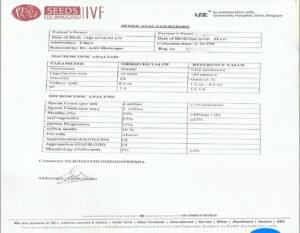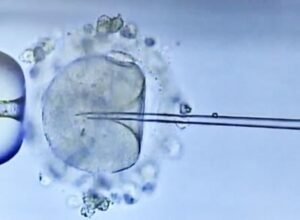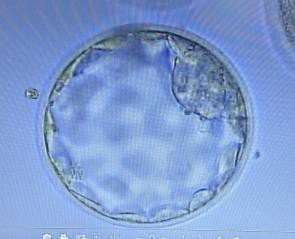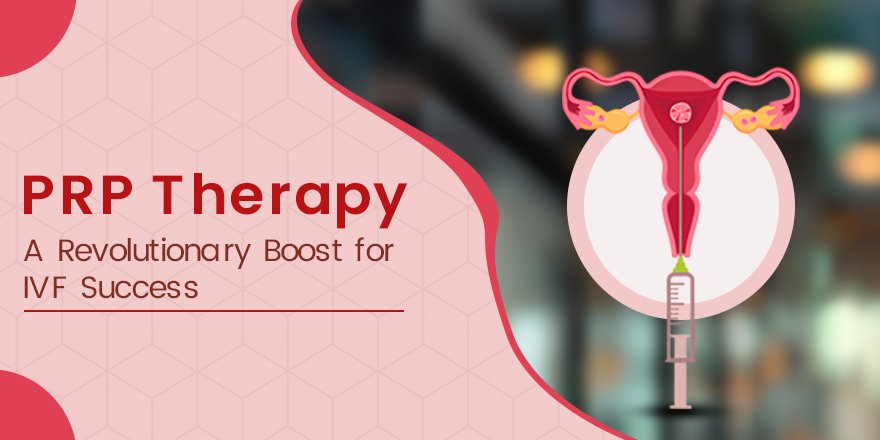When the Problem Wasn’t Hers: A Couple’s Male Factor Infertility Journey
Neha and Rohan (name changed for privacy), a warm and hopeful couple in their early 30s, walked into our fertility clinic after two years of trying to conceive. They were healthy, newly married, and had no obvious medical issues. Like many couples, they believed pregnancy would ‘just happen.’
But it didn’t.
The First Steps: Routine Testing
During their first consultation, Neha was asked about her cycles, lifestyle, stress, and medical history. Everything seemed fairly normal. Blood tests and a pelvic ultrasound showed that she was ovulating regularly and had good ovarian reserve.
Then came Rohan’s semen analysis. That’s when everything changed

Diagnosis: Oligoasthenozoospermia
Rohan’s semen report revealed severe oligospermia—a condition where sperm count is much lower than normal. His count was just 6 million/ml (normal is above 15 million/ml), and progressive motility was poor. This meant the chances of natural conception were extremely low.
They were stunned.
“How will I tell this to my family and relatives? I never thought the issue could be with me,” Rohan admitted quietly.
Attaching masculinity with fertility is a deep-rooted stigma that often prevents men from seeking timely help and accepting their diagnosis without shame.
Understanding Male Factor Infertility
Like many men, Rohan had no symptoms—no pain, no illness, no history of injury. He was active, fit, and didn’t smoke. But male factor infertility can be silent. It can result from genetics, varicocele, lifestyle factors, or sometimes, no clear cause at all (idiopathic).
We reassured Rohan that this was not uncommon—in fact, male factor contributes to nearly 40–50% of infertility cases.
Treatment Plan: IVF with ICSI
Because of the low sperm count and motility, IVF with ICSI (Intracytoplasmic Sperm Injection) was recommended. In ICSI, a single healthy sperm is injected directly into each mature egg, in the lab under proper sterile lab conditions.
Neha’s egg retrieval under anesthesia went smoothly. We retrieved 10 eggs, out of which 7 mature eggs were there, and ICSI was performed the same day.

Figure 1 ICSI OF THE MATURE OOCYTE
On Day 5, six beautiful blastocysts have formed. All were frozen to be transferred on suitable time depending on uterus lining and other factors.
A blastocyst is a final stage of embryo just before its ready to be implanted the uterus.

Embryo Transfer & Waiting
Two good-quality blastocysts were transferred into Neha’s uterus. The rest were frozen for future use.
The Result: A Positive Pregnancy
14 days later, Neha’s beta-hCG came back at 560 IU/L—a strong positive.
There were tears. Relief. Gratitude. And disbelief.
From Embryo to 30 weeks: A miracle under progress
Our patient has successfully completed 30 weeks ! The baby is growing well and showing excellent progress.
Key Takeaways for Readers
- Infertility is not just a female issue. Always test both partners early.
- Its Not a shame for either male or female to be struggling with infertility
- Having low sperm count or zero sperm, does not define Maculinity
- Male factor infertility is common and treatable with the right technology like ICSI. Early consultation can save time, money, and emotional exhaustion.
- Having a supportive clinic and an informed approach makes all the difference.
Final Note from Seeds of Innocence
We thank Neha and Rohan for allowing us to share their story. If you or someone you know is struggling to conceive, know this: You are not alone, and science can help.
Dr Jarul Shrivastava
Also Read: What Is Male Infertility? Causes, Symptoms & Solutions





